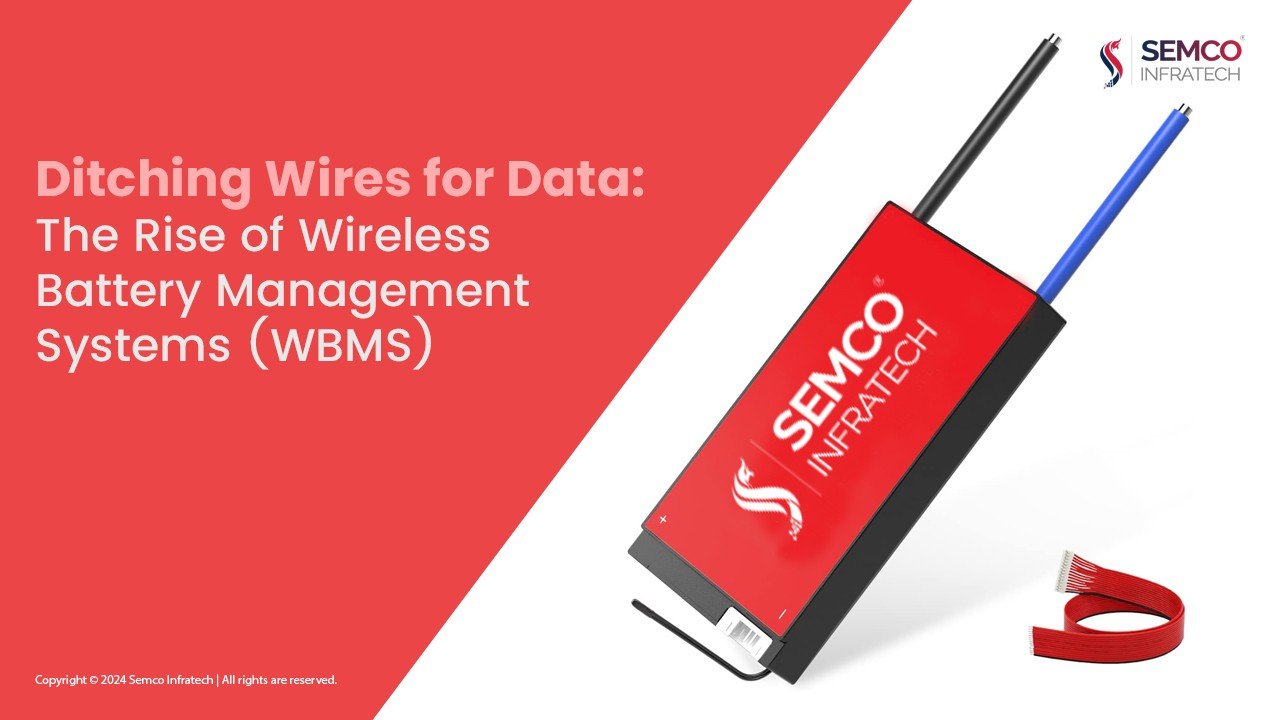
Ditching Wires for Data: The Rise of Wireless Battery Management Systems (WBMS)
While traditional wired Battery Management Systems (BMS) have served us well, a new era of wireless communication is revolutionizing the way we monitor and manage battery packs. WBMS, with its innovative design, offers exciting advantages over its wired counterpart.
Function and Architecture: Same Core, Different Wiring:
At its heart, WBMS performs the same crucial tasks as wired BMS – monitoring voltage, temperature, and other vital battery parameters. However, the key difference lies in how data travels: wires versus wireless signals. Traditional BMS relies on a complex network of wires, daisy-chained together, to transmit data to a central controller. This approach, while functional, suffers from several drawbacks:
Cumbersome Manufacturing: Wiring harnesses are intricate and time-consuming to build, increasing production complexity.
Maintenance Headaches: Locating and fixing wire faults can be tedious and expensive.
Limited Flexibility: Expanding or modifying the system requires rewiring, making it inflexible.
WBMS breaks free from these constraints by utilizing wireless chipsets and battery monitors. These monitors communicate directly with the central controller, eliminating the need for bulky wiring harnesses. This shift offers several benefits:
Reduced Weight and Cost: WBMS saves up to 90% of wiring, leading to lighter vehicles and lower production costs.
Improved Design Flexibility: Wireless communication allows for easier placement of battery modules and simplifies scaling the system for future needs.
Enhanced Reliability: WBMS minimizes single-point failure risks as a single node failure doesn’t cripple the entire system.
Beyond Wires: Unlocking the Advantages of Wireless BMS:
The benefits of WBMS extend far beyond just eliminating wires:
More Reliable and Flexible: Wireless communication eliminates the daisy-chain approach, making the system more resilient to connection issues and easier to add or remove nodes.
Enhanced Intelligence: WBMS enables flexible sensor integration, allowing for real-time monitoring of crucial parameters like temperature and current. Additionally, time synchronization in harsh environments becomes easier with wireless communication.
Lightweight and Cost-Effective: WBMS significantly reduces weight and saves valuable resources. For every 50,000 vehicles produced, it translates to 500km less wiring and 25,000kg less connectors, aligning perfectly with the trend of lightweight vehicles and lower overall costs.
Reduced Pack Complexity: Wireless communication simplifies pack design by minimizing low-voltage wiring, leading to easier system integration and cascade utilization of modules.
Challenges and Considerations:
While WBMS holds immense promise, it’s not without its challenges:
Electromagnetic Interference (EMI): Wireless communication introduces a risk of EMI, requiring careful shielding and design considerations to ensure reliable data transmission.
Security: Wireless systems require robust security measures to protect against unauthorized access and data manipulation.
The Future of Battery Management:
WBMS represents a significant leap forward in battery management technology. By addressing the limitations of wired systems, it offers improved reliability, flexibility, and cost-effectiveness. As technology advances and EMI concerns are addressed, WBMS is poised to become the dominant force in the future of battery management, shaping a lighter, more efficient, and intelligent world.






